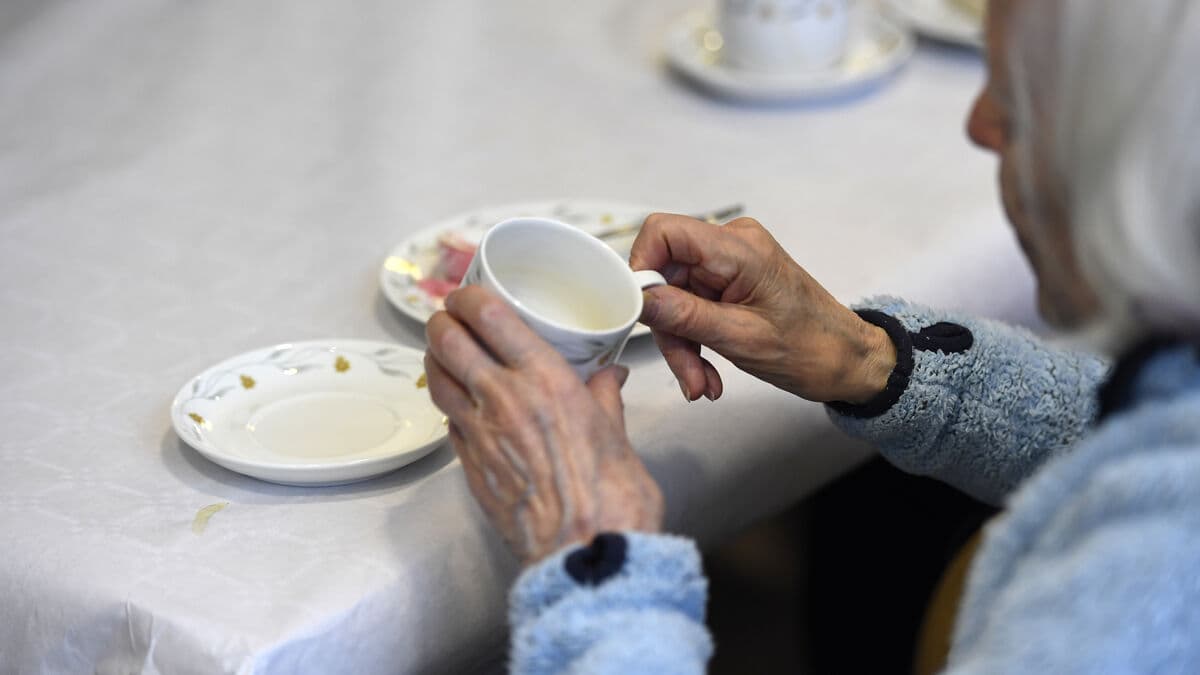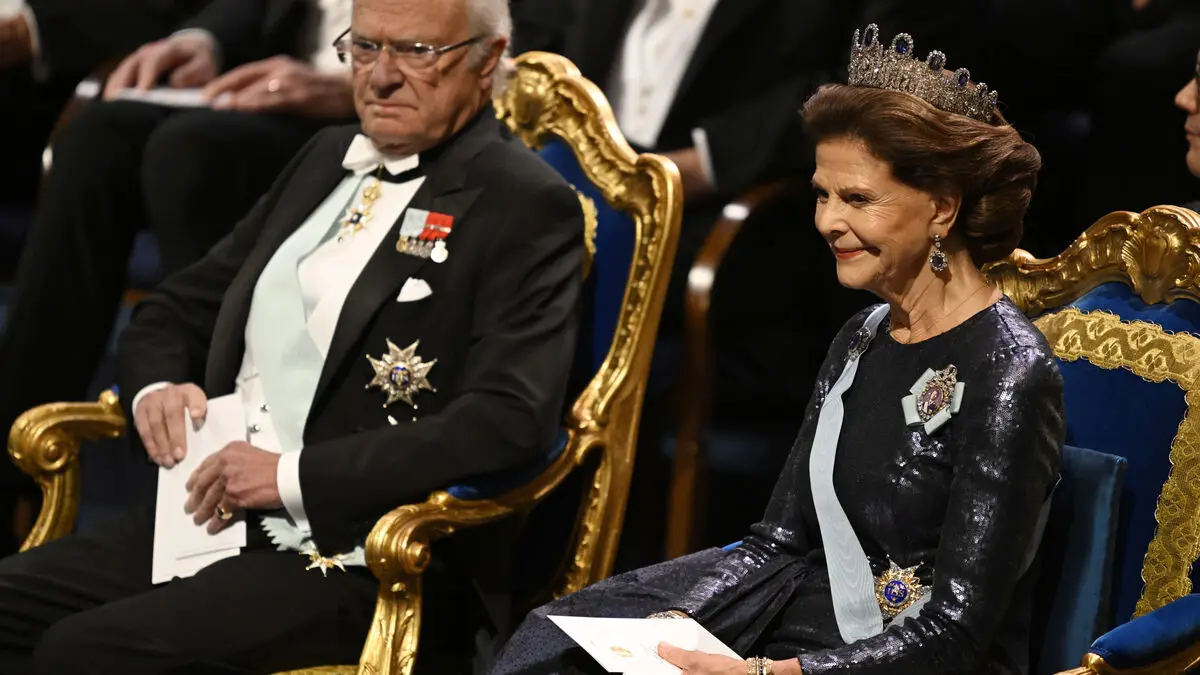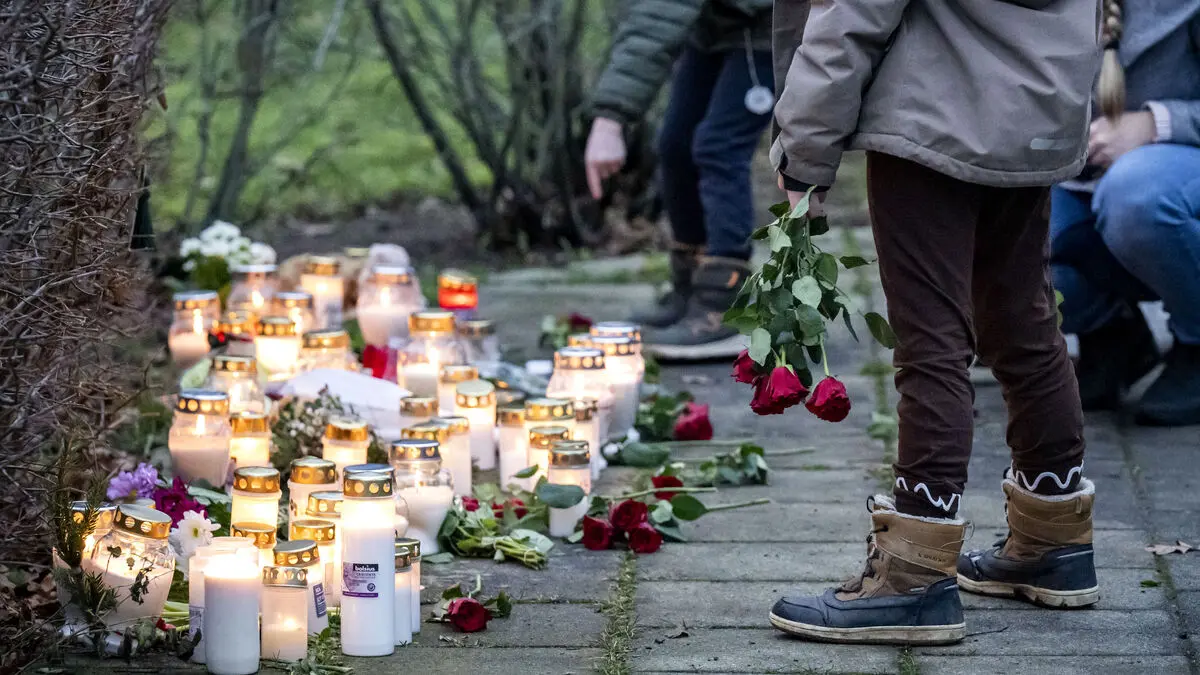Blue zones are called certain areas where people live unusually long. The concept is debated, but places that are often pointed out are in Japan, Greece or Italy.
Research from Åbo Akademi suggests that there are areas that resemble blue zones much closer to us – among Swedish-speaking people in Österbotten in Finland.
We have been able to see that the region as a whole is an area where people have a long life expectancy, good health and live according to the blue zone lifestyle, says Sarah Åkerman, researcher in social policy at Åbo Akademi.
The life expectancy in Österbotten is a couple of years longer than in Finland as a whole and much of the lifestyle there resembles that in blue zones.
Feeling meaningfulness
The concept was coined in the early 2000s, primarily as a designation for areas with an unusually high proportion of 100-year-olds. The lifestyle in the zones has sparked great curiosity, not least among researchers.
Common denominators include a rich social life, perceived meaningfulness, healthy food and physical activity.
It can be perceived as difficult to define, partly because it is a borderland between research and a brand, "Blue Zones LCC". But it's about a holistic view of health, says Åkerman.
Ulla-Maj Storsjö, who lives in Korsholm outside Vasa, is convinced that the social context is crucial. Since she lost her husband, engagement in various associations and groups has become important. She leads groups for those who care for relatives at home and is chairman of an association for the hearing impaired.
So I also go to the gym and water gymnastics, I have a lot to do. Living close to Vasa with access to theater and restaurants is also important. Before, I lived more isolated.
Passive becomes gloomy
She meets many elderly people and it's not uncommon for people to sit at home. It can be illness or loss of a partner that makes it difficult to find meaning and have the energy to go out.
But I think there are enough tasks for everyone. If we become passive, the mental side becomes quite gloomy, she says.
There are several factors that play a major role in life expectancy, genes, socio-economic conditions and access to health and medical care are important.
That the Finnish-speaking regions in Finland have a lower average life expectancy than the Swedish-speaking regions may be due to the fact that minority status contributes to social cohesion.
We see greater social engagement in voluntary activities, for example. It can be about a sense of community that exists among those who speak a common minority language, says Sarah Åkerman.
The concept of blue zones began to be used at the turn of the millennium by demographers Michel Poulain and Gianni Pes, later also by journalist and author Dan Buettner.
The concept has been debated, there have been different definitions. It was initially defined by demographic and/or geographical areas where there are relatively more centenarians than in other places.
Previously, blue zones have been identified, among other places, in Ogliastra in Italy, Ikaria in Greece, Okinawa in Japan and Martinique.
It is still largely unclear what makes people become so old in the blue zones, but there are different theories. Some common denominators are fewer smokers, healthy food, moderate physical activity and that people in the community have social engagement.
In the current research from Åbo Akademi, researchers investigated regional differences in life expectancy, health and lifestyle among the elderly in western Finland. Along the coast of western Finland live Finland-Swedes who in previous studies have shown high levels of social capital.
In the western parts of Finland, life expectancy is generally also higher than in other parts of the country. Especially the Swedish-speaking Åland stands out with its high expected life expectancy – 83.5 years for newborns in 2020–2022.
Also, the bilingual Österbotten on the mainland has an unusually high life expectancy. The expected life expectancy in Österbotten for newborns in 2020–2022 was 83.1 years, while it was 81.6 years for all of Finland.
Source: Sarah Åkerman





